By transforming various communication methods into mini-customer meetings, LINK Mobility not only meets the needs of financial clients but also enriches the customer experience, fostering engagement and creating a competitive advantage in the fast-evolving FinTech landscape.
With traditional selling points like loyalty and security becoming less important for consumers, the Finance industry is undergoing significant change. Instead, factors such as competitive offerings and terms have taken precedence, compounded by increasing globalization and regulation introducing new players into the market. As a result, FinTech companies face challenges in communication and customer engagement, even as their core objectives – customer acquisition, upselling, retention, and brand loyalty- remain constant.
With physical engagement becoming real and customer bases spanning diverse geographies and demographics, consumers today expect immediate responses and seamless interactions. LINK Mobility focuses on enhancing customer satisfaction and experience to address these evolving expectations, now as vital as the products and terms offered.
“LINK Mobility aims to transform traditional interactions into meaningful customer engagements by streamlining communication to provide a centralized platform that ensures comprehensive oversight of customer interactions, making it easier for financial institutions to be available and responsive. This efficiency facilitates cross-selling opportunities across departments, ultimately driving customer engagement and retention to empower our clients. It also emphasizes the importance of a multi-channel communication strategy.” shares Stian A.S. Johansen, Growth Manager at LINK Mobility.
By allowing companies the most effective channels for their objectives, whether high engagement SMS or rich content email, we help FinTech firms break free from the limitations of the existing communication tools,”
Stian A.S. Johansen

Enhancing SMS security with sender ID protection
As one of the most widely used communication channels in the finance industry, SMS offers unparalleled impact with high read rates, engagement, and conversion. However, the underlying technology behind SMS has remained unchanged since its inception, posing potential security risks.
“In the past, bad actors could easily spoof the sender ID on SMS messages pretending to be legitimate financial institutions. To address this vulnerability, LINK Mobility collaborated with mobile network operators in the Nordic region to develop an additional security layer- LINKS SenderID Protection. This innovative solution safeguards the sender ID of LINK Mobility’s clients, ensuring that only pre-approved companies and individuals can use their brand in SMS communications in the mobile network. By implementing LINK SenderID Protection, financial institutions can enhance the security of their SMS-based interactions, protecting their brand reputation and preventing formulant activities”, explains Johansen.
Recommended: Explore the Future of Finance at Nordic Fintech Week
Fortifying customer trust with 2FA Solutions
LINK Mobility’s two-factor authentication (2FA) is another critical tool for enhancing security and improving customer experience in the financial sector. Primarily deployed through SMS, 2FA is globally accessible and can be quickly integrated with most multifactor authentication (MFA) engines. Customers’ familiarity with SMS ensures immediate delivery and high engagement rates.
“While some concerns exist regarding SMS security, LINK addresses these through SenderID protection, which verifies the sender’s identity. Additionally, emerging channels like RCS offer verified sender communication options. Beyond just sign-on processes, 2FA can be employed in various scenarios, such as confirming loan payouts, where banks can automate SMS notifications to verify legitimacy. This prevents identity theft and enhances security,” adds Johansen.
Transforming customer interactions through feedback mechanisms
Customer feedback is essential for measuring customer experience across personal and automated interactions. Traditionally, LINK Mobility conducts mini-satisfaction surveys via SMS immediately following customer service engagements, focusing primarily on data collection. Integrating these services with other systems allows for effective service recovery measures, such as enabling supervisors to contact dissatisfied customers directly.
“This is particularly important in finance, where preventing churn can save significant costs, as a qualified lead can be as expensive as €1000. We also conduct more extensive annual surveys via email to gather overall customer feedback and rapid responses to interactions, explains Johansen.
“We see development opportunities in two main areas: expanding the timing and methods of mini-surveys after interactions, which are increasingly replacing physical and digital meetings, and leveraging new richer channels to enhance data quality and customer experience. For example, while SMS surveys can limit responses and frustrate users, rich channels allow for interactive questions where customers can respond with a click, improving engagement. In marketing, we combine SMS and email to harness their strengths; SMS excels in open rates and engagement, while email provides extensive content. New channels like RCS and WhatsApp complement these methods, allowing us to risk customers in their preferred environments without replacing traditional channels, concludes Johansen.
Recommended: Explore the Future of Finance at Nordic Fintech Week


